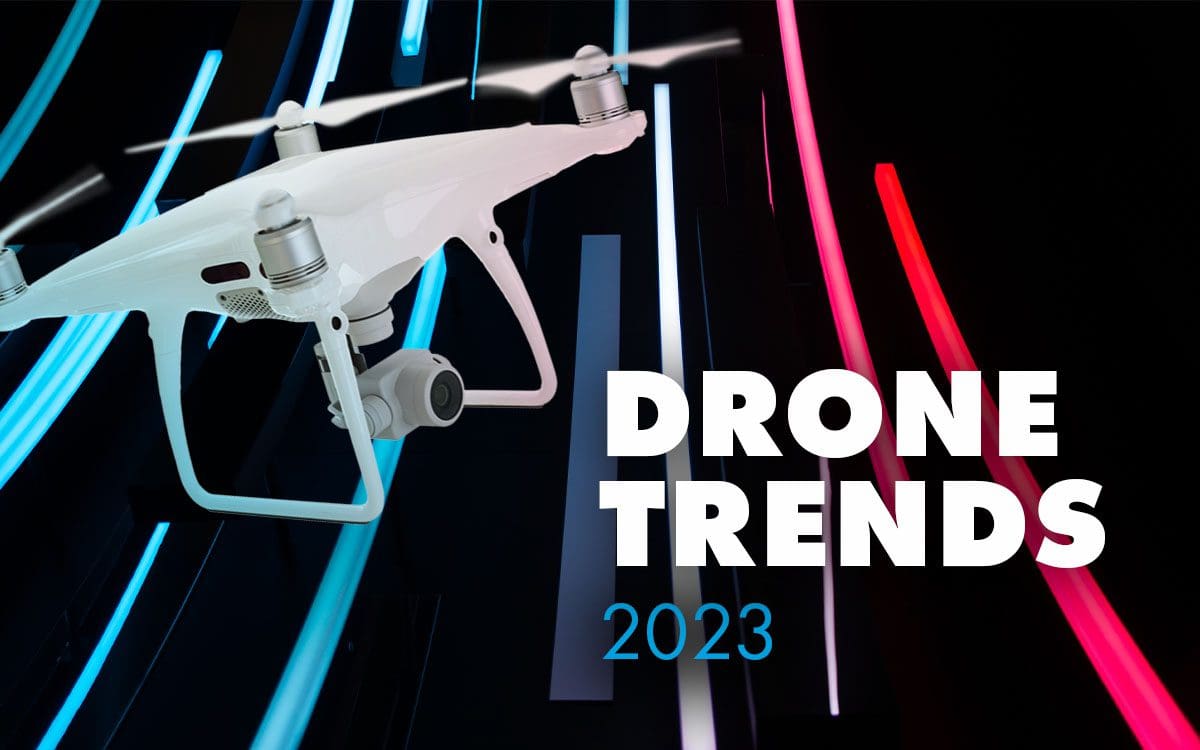
8 Drone Industry Trends, 1 New FAA Rule for 2023
In recent years, the drone industry has grown rapidly. Anyone who uses drones and understands their benefits should stay on top of new trends and uses. According to statistics from Global Market Insights, Inc., a research company based in California, the global market for unmanned aerial vehicles (UAVs) is expected to reach $170 billion by 2025. There are discoveries every day about how drones can help across multiple industries. Whether you’re a drone pilot, a client of a drone service provider, or just curious about how drones can improve your business, we’ve got some insight into what’s changing in the drone world in 2023.
New FAA rule
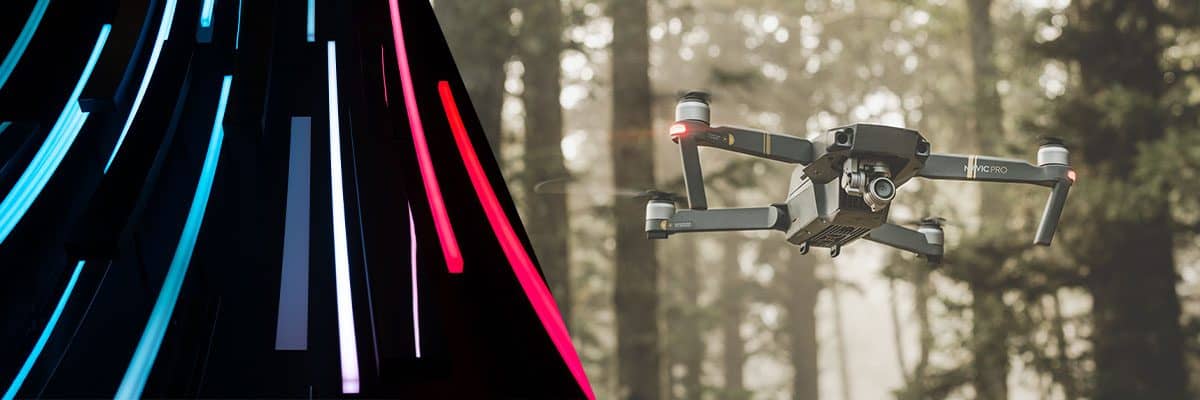
Let’s start with the FAA rule that will come into effect in September 2023. All drones must have Remote ID to notify authorities and other parties of their identity and location while in flight. Manufacturers have until 2023 to implement this upcoming feature into their drones. There’s a plan to make Remote ID broadcast modules available, so you don’t have to purchase a new drone with built-in Remote ID.
Trend #1: Aerial LiDAR is on the rise
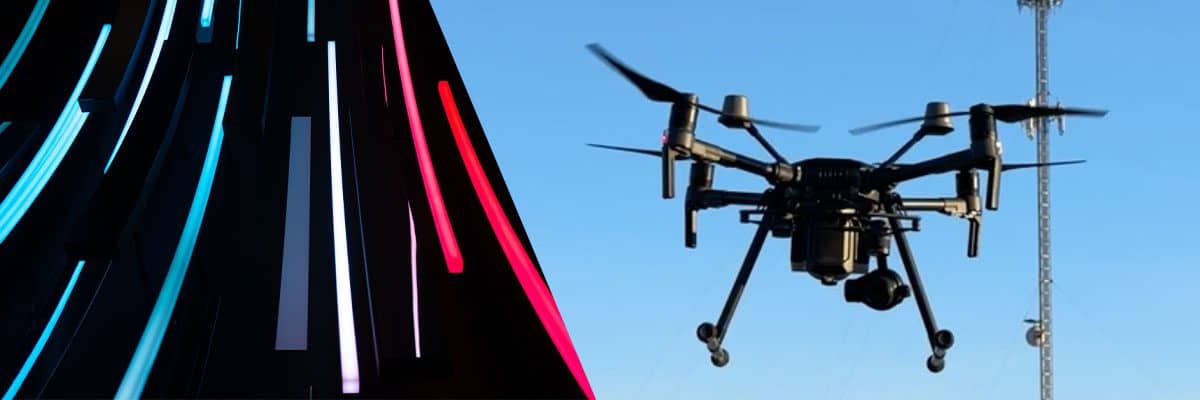
LiDAR is a technology that uses lasers to scan the earth’s surface to create 3D map data. The maps are used for various purposes, including construction, environmental sciences and archaeology. LiDAR is often used by researchers and scientists who want to study areas that are difficult or dangerous to access in person. Drones make LiDAR much more accessible to businesses and organizations.
For example, scientists in Antarctica use drone-mounted LiDAR sensors to create detailed maps of the ice sheet so they can better understand how it might respond to climate change. In addition, archaeologists have used LiDAR drones to map sites like Pompeii and Machu Picchu.
The use of drones to capture LiDAR data has been around for years, but only a few organizations have taken advantage of this technology because of its cost. However, with advances in drone technology, the price tag of using drones for LiDAR has dropped significantly over time. In 2010 you would have paid upwards of about $3500 per hour for an aircraft carrying 5m resolution LiDAR sensors; today cost of the same service is significantly less.
Trend #2: Surveillance for port safety
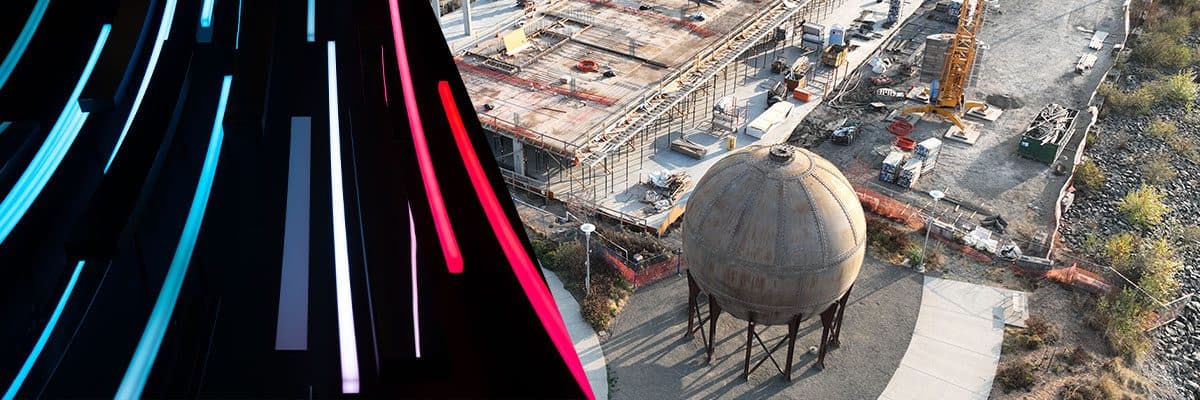
As government agencies struggle to develop new ways to secure ports and waterways, drones are becoming a popular tool for improving port security. The technology helps to ensure that harbors are safe and secure by detecting potential hazards and providing aerial footage of port facilities.
Surveillance teams deploy drones to detect and inspect ships and vessels in port to help prevent accidents, such as collisions, fires or oil spills. Drones can also be used to surveil the surrounding area of a port, such as bridges or land borders.
Some drones have been designed specifically for port safety monitoring. These drones are equipped with infrared sensors and cameras to detect hazardous materials or other threats at sea or on land near a port facility. If an oil leak is detected, it alerts authorities so that they can take appropriate action.
Using video cameras and thermal imaging, drones can identify suspicious activity and track people moving through restricted areas. Customs officials can use them to inspect cargo containers for contraband or by port police to find missing persons or illegal immigrants hiding in trucks.
Trend #3: Digital twin for the win
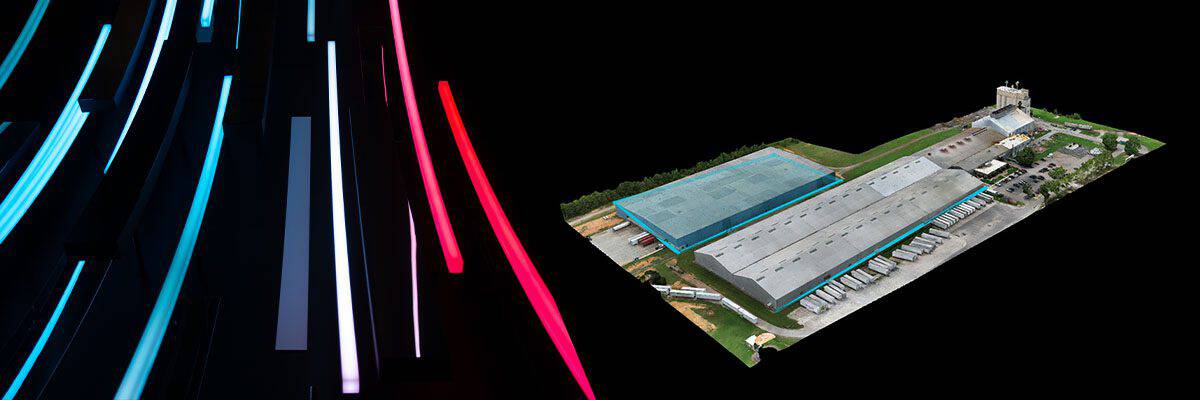
Drone technology is becoming increasingly popular to help people get their jobs done faster. This is especially true in the construction industry, where drones can survey job sites, inspect buildings and even create digital twins of real-world structures.
A digital twin is a digital representation of something in the physical world — like a building or even a person. It uses sensors and data from the real object to ensure its digital model matches its physical counterpart as closely as possible. Digital twins can be used for everything from predicting the future performance of airplanes to making sure that power plants are operating efficiently to helping companies find new ways to improve their supply chains.
Drones allow digital twins to provide new perspectives on the physical world. Drones help construct digital twins by taking 3D photos of every inch of a site or building. These photos are then used to create detailed models using computer software.
Trend #4: Drone deliveries to your door

Drones have been used for deliveries for some time, but they’ve only recently started to make a real difference. Amazon has been using drones to deliver products in some areas of the United States since 2016. Walmart drone delivery is available in select Texas, Arizona and Florida markets.
The rise of e-commerce is making drone deliveries more desirable. One company that has taken advantage of this “the-future-is-now” delivery approach is UPS Flight Forward, which delivered prescriptions to the elderly community of The Villages in Florida during the pandemic. FedEx plans to implement delivery of airplane parts to Memphis International Airport.
Trend #5: Drones as a Service (DaaS)

Drones-as-a-service models are gaining substantial momentum and are used by many businesses to enhance operational efficiency.
One area where drones are becoming increasingly popular is logistics management. As many as 70% of businesses that use drones say they’ve increased productivity and improved customer service through unmanned aerial vehicles (UAVs). DaaS providers allow end users to use drones in their business processes quickly, securely and efficiently.
For example, Flytrex offers its automated drones to clients looking for drone delivery from restaurants, retailers, delivery companies, and eCommerce marketplaces. Other DaaS models may contract drone pilots to capture data for construction, agriculture or mining industries. Offering marketing and videography is another popular DaaS model used by realtors, resorts, hotels, and other companies.
Trend #6: Fuel and petrochemical facilities management
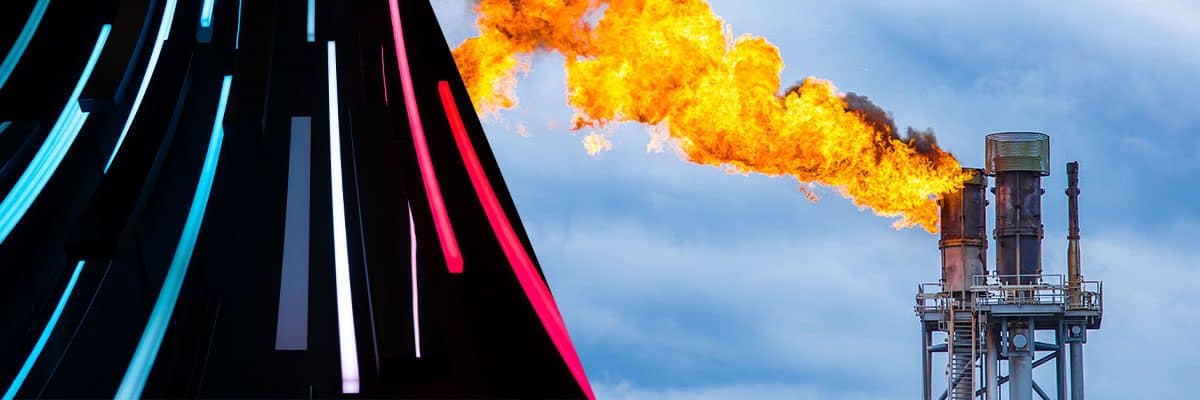
Fuel and petro facilities are extensive and can be spread across hundreds of acres. The management of these facilities requires constant oversight. Oil and gas operators are constantly looking for ways to improve their operations. This includes improving safety, increasing efficiency, and reducing waste as much as possible. One way to do this is by using drones to monitor their infrastructure.
Fuel and petro companies use drones for a variety of purposes, including:
Pipeline inspections – Drones allow you to get an aerial view of your pipeline network so that you can spot any problems. This can help you prevent leaks and other issues before they become serious problems.
Power grid inspections – Drones allow you to see what’s happening along power lines so that you can make repairs before an outage or other problem affects customers or employees.
Equipment inspections – When inspecting equipment such as pumps or generators, drones provide a unique perspective that helps you identify potential problems before they happen.
Trend #7: The news, brought to you by drones
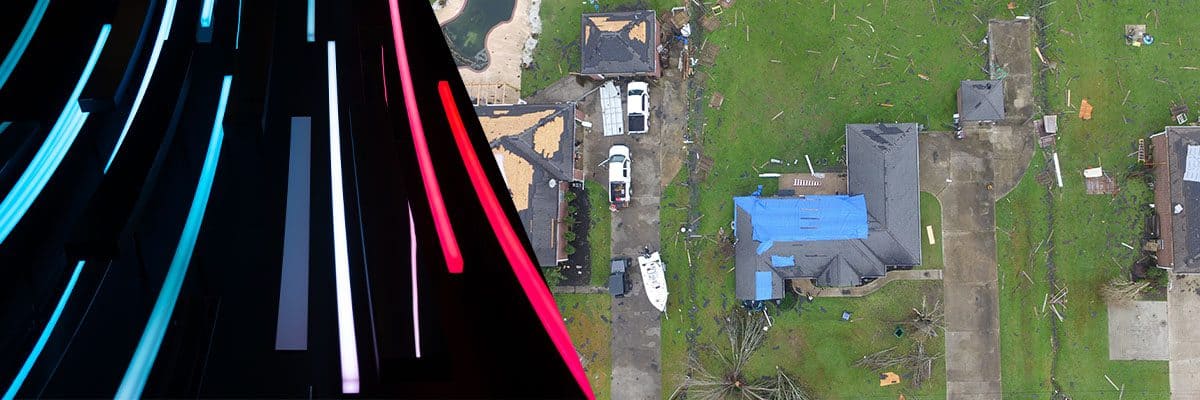
Drones are flying into the world of journalism.
Journalists have been using unmanned aerial vehicles for years, but their use has mostly been limited to the military, police and other government agencies. That’s beginning to change.
Big news media outlets like The New York Times and The Washington Post use drones to fly over breaking news scenes. National Geographic has tested drones for photographing endangered wildlife in Africa.
Because drones are getting cheaper and easier to operate, they can help journalists gather information faster than ever before — whether documenting the damage caused by natural disasters or shooting live video footage of a crime scene or political rally.
Trend #8: Monitoring solar farms
Solar farms are a growing source of renewable energy. They can generate large amounts of power and provide an environmentally friendly alternative to fossil fuels. In the last decade, solar energy has grown by at least 30% per year. Solar energy is now the fastest-growing electricity source in the world. Some experts predict that solar will be the largest source of electricity in the world by 2050.
To maintain solar panels in optimal condition, it is necessary to regularly inspect them for damage and repair any issues that arise. Drones are helpful for this job because they can fly at low altitudes and capture high-resolution images.
Drone technology is constantly evolving; each time a new application is discovered, the drone industry expands. Using drones in different professions may spark recent trends, but the drone trend will soon become the norm.